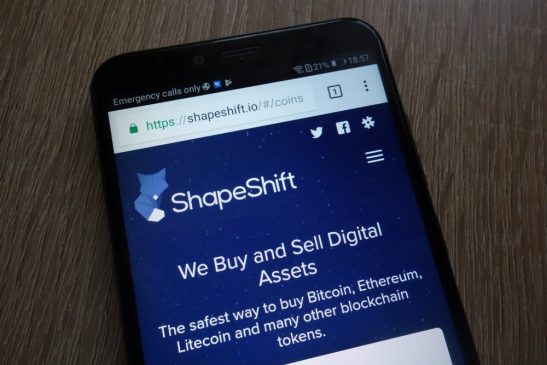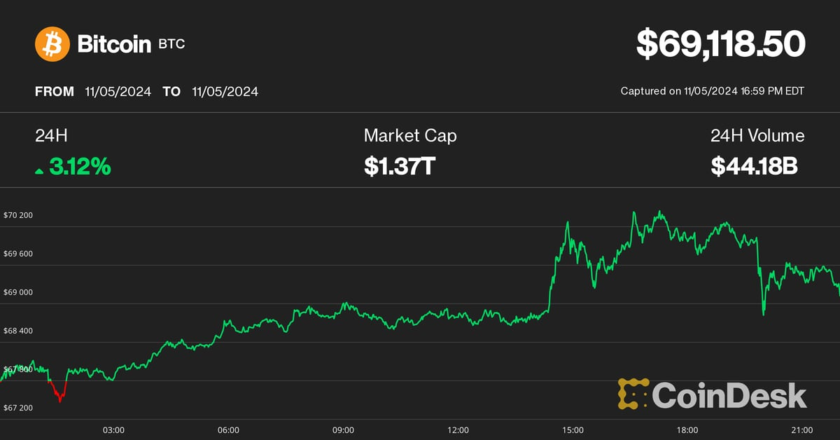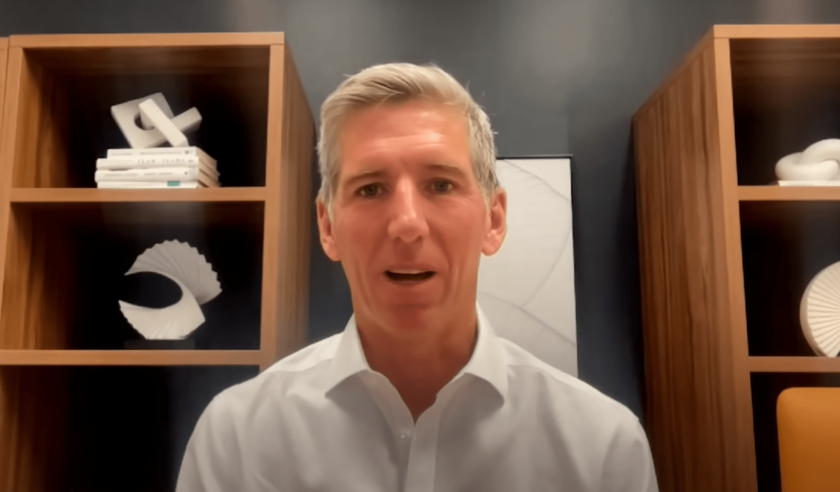It’s one thing to preach “not your keys, not your coin.” It’s another thing to help fix the problem. ShapeShift has spent the last year, according to a blog post from them, building a product that does exactly that without making it difficult for the user. Or so they say.
Five years ago the original ShapeShift launched to the world… today the new ShapeShift emerges into open beta. “Building a Bridge to Financial Sovereignty by Erik Voorhees” https://t.co/VaIQKCtDpW #bitcoin #ethereum #blockchain #crypto #finance @ShapeShift_io
— Erik Voorhees (@ErikVoorhees) July 8, 2019
Eating Your Own Dog Food
If you were in the crypto space near the end of 2014, you heard of ShapeShift.
The fledgling semi-instant exchange sponsored nearly every crypto site and podcast out there and continues to play a profound role in the wider crypto community.
In the meantime, ShapeShift became a widely used solution to move between cryptocurrencies quickly.
While at first ShapeShift fought the notion of KYC or know-your-customer laws, eventually they caved. Today, the only way to use the service is to have a verified account.
It’s the difference between a fast-food drive-thru and an upscale restaurant, in speed.
This creates an obvious advantage for less scrupulous exchanges to crop up and fill the demand for anonymous swaps.
All centralized exchanges will eventually expire as decentralized options become more and more user-friendly.
There’s a solution in progress for virtually everything.
If you wanted a decentralized exchange to get liquidity for Ethereum from bitcoin, for example, you could create an on-ramp to lock bitcoin on Ethereum, or vice versa, using Wanchain.
Wanchain aims to act as a hub between multiple chains, and other cross-chain options are likely to emerge as well.
How Will All the Blockchains Talk to Each Other in 2030?
Combined, a global web of value will emerge which will be much more formidable than expected. The infrastructure is built, but you can’t use it for free. Every network that integrates into the future “blockchain highway” will be able to have cross-over assets.
Suppose you were an EOS user who just wanted to invest some money into a Tron casino. When things work as they inevitably will, you simply put up your EOS-based assets on the TRX chain, trade that asset into TRX and then into the token you need – or in some cases directly.
Networks will likely never have a universal code to follow. But as a whole, they can agree on some lowest common denominators.
This all spells doom for centralized exchanges, which essentially act as multi-user, multi-currency wallets and messaging systems.
Eventually, all of this can be done without a central server and order-matching system. Instead, a decentralized system equipped with nodes and connectivity will do; then users will no longer need to risk depositing their coins onto an exchange at all.
At such a time, it would be unsurprising if exchanges like Binance just launch their own DEX on BNB. Through many of the ways mentioned above and ways that are surely in development, BNB could play as crucial a role as any other.
ShapeShift’s Relevance
So ShapeShift launched a non-custodial asset management tool. This offering will make them relevant regardless of whether centralized exchanges are necessary in the future or not.
The product may end up a “community contribution,” but all the same, it touts a goal of making it easy for people to manage their own keys. Numerous solutions exist with the same aim, including hybrid wallets like Coinomi, which you can use on virtually any system.
Live Crypto News Show




